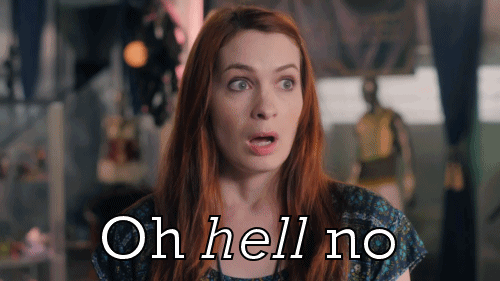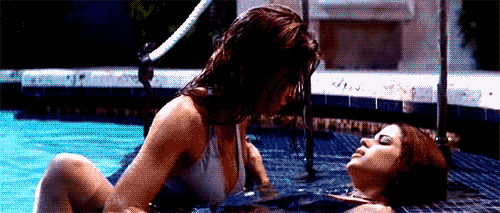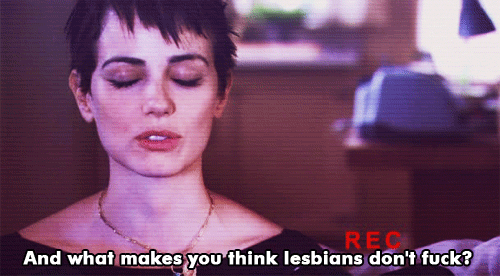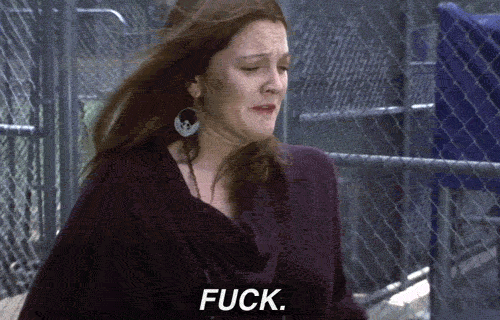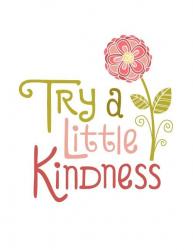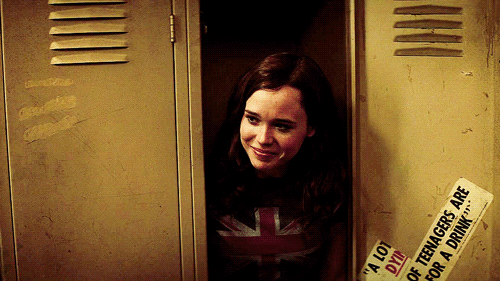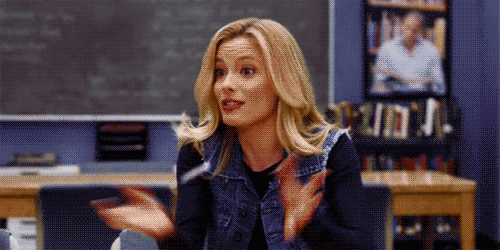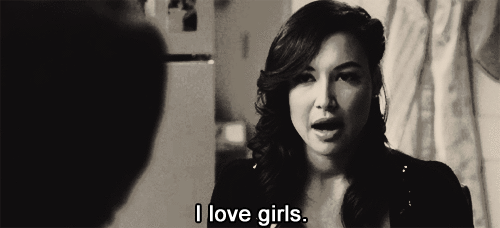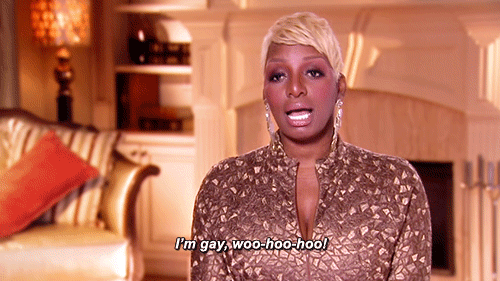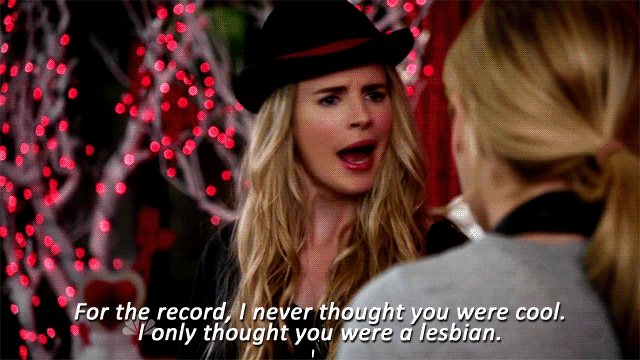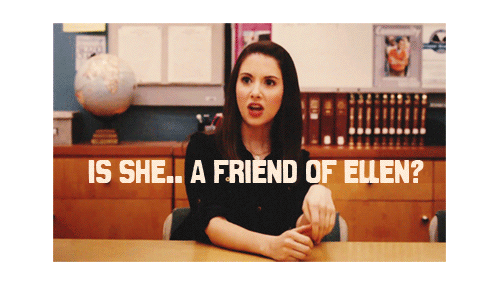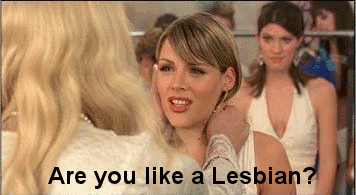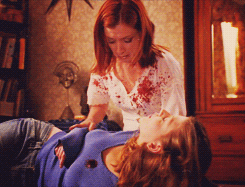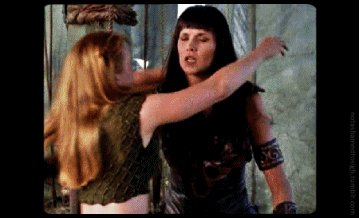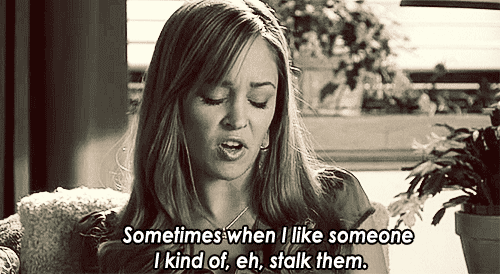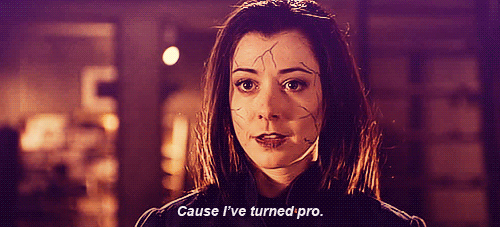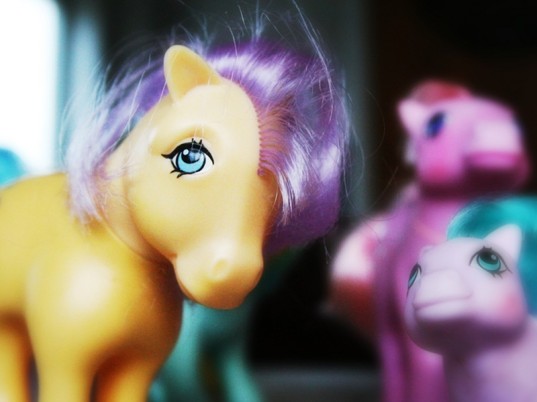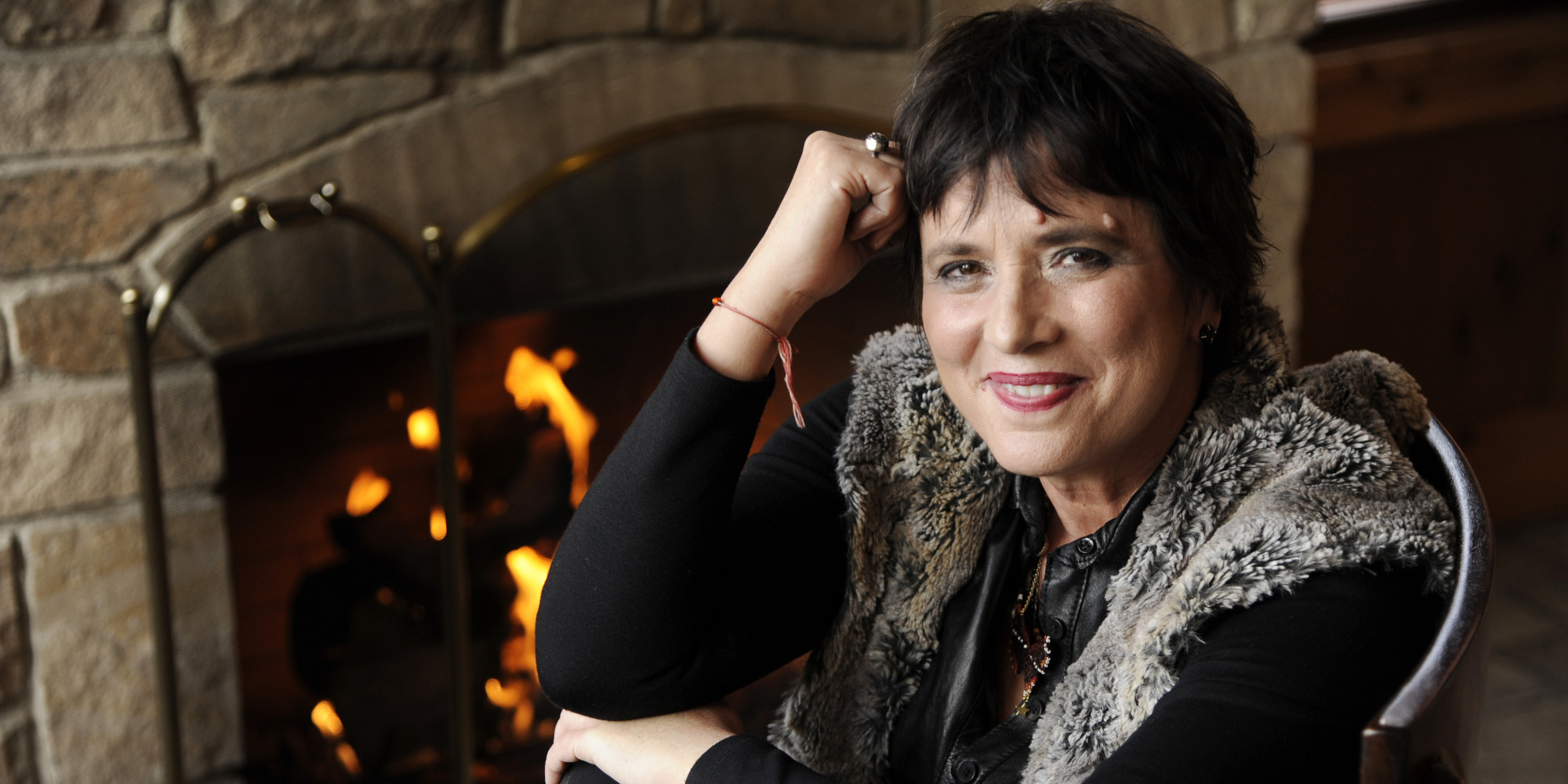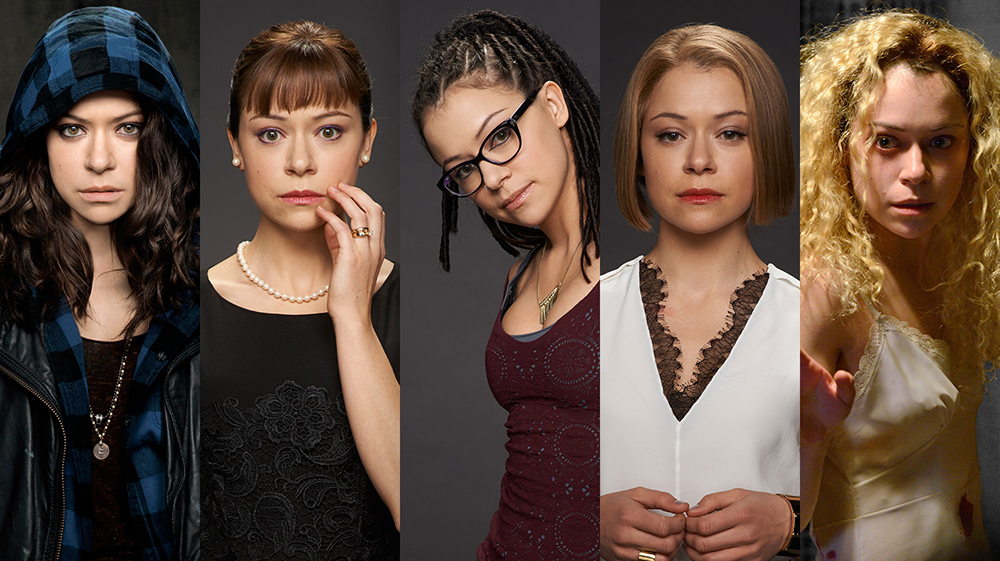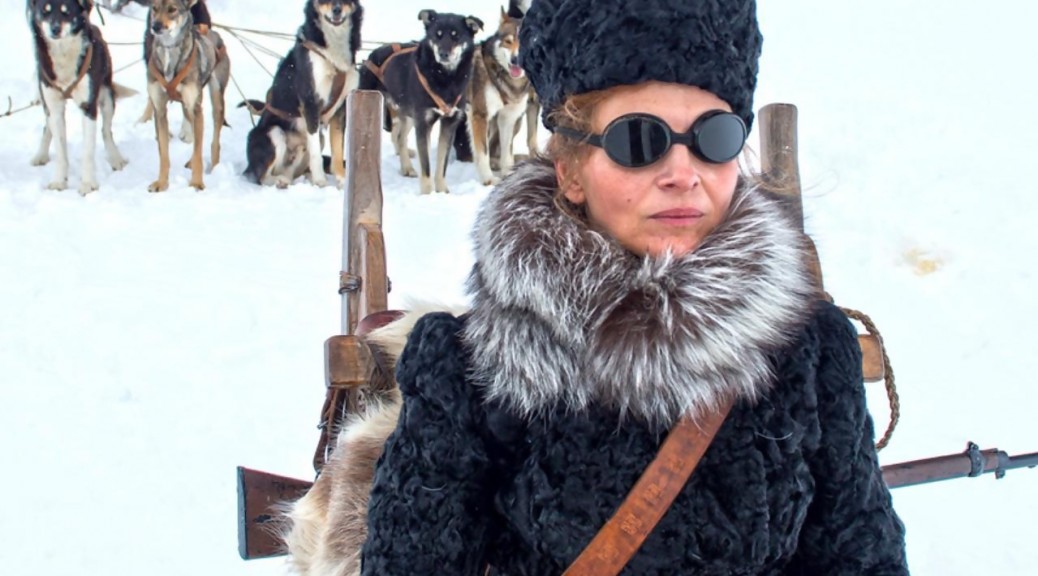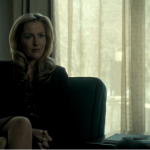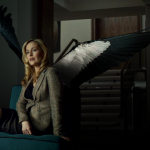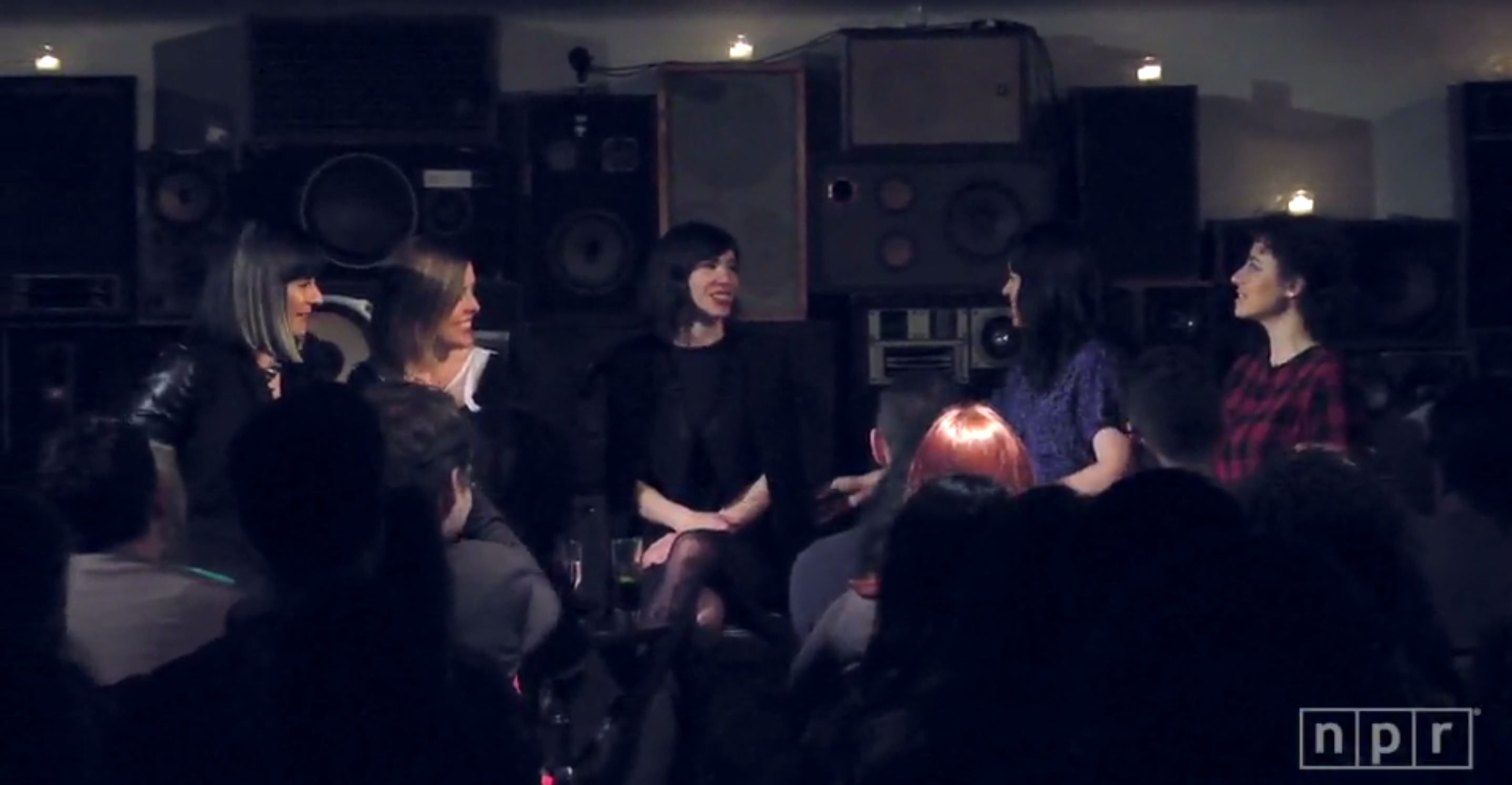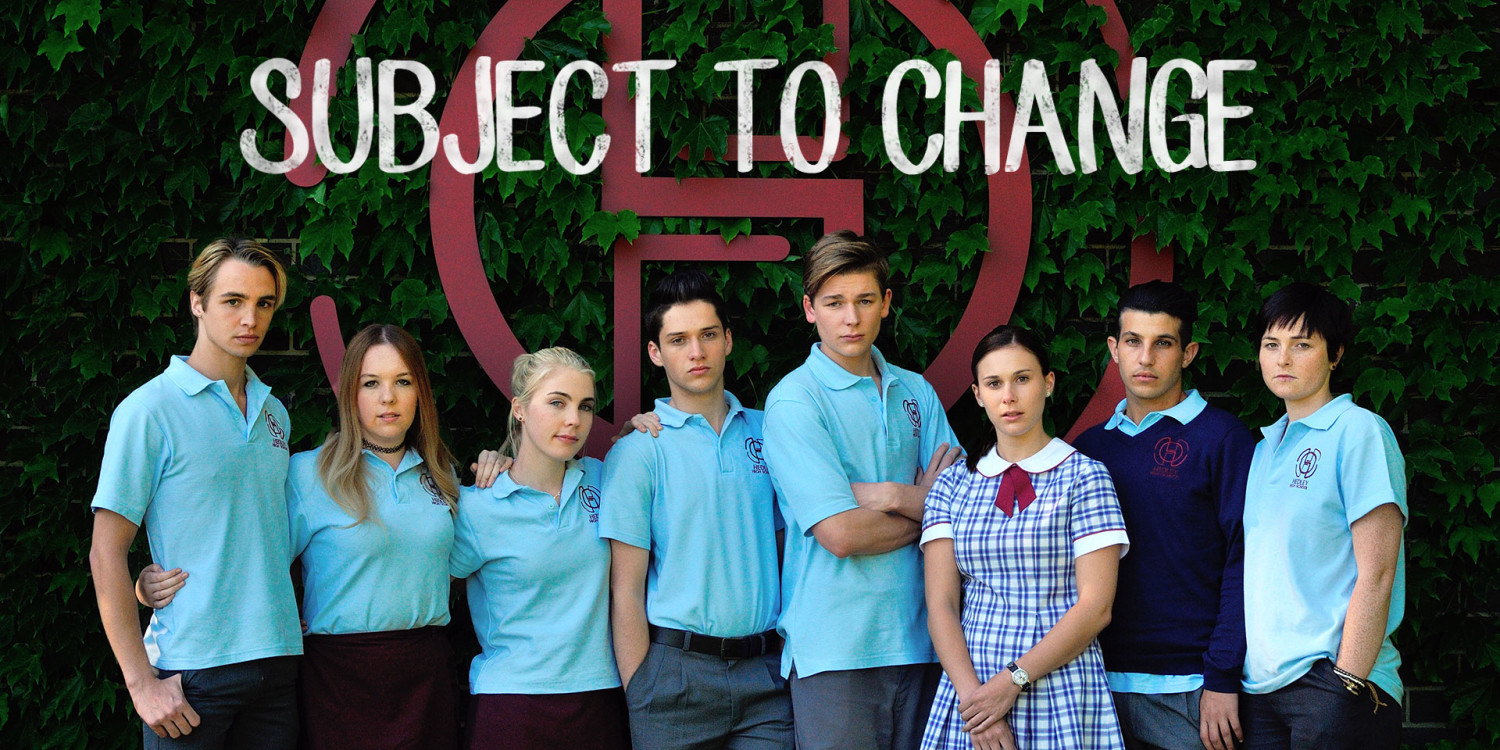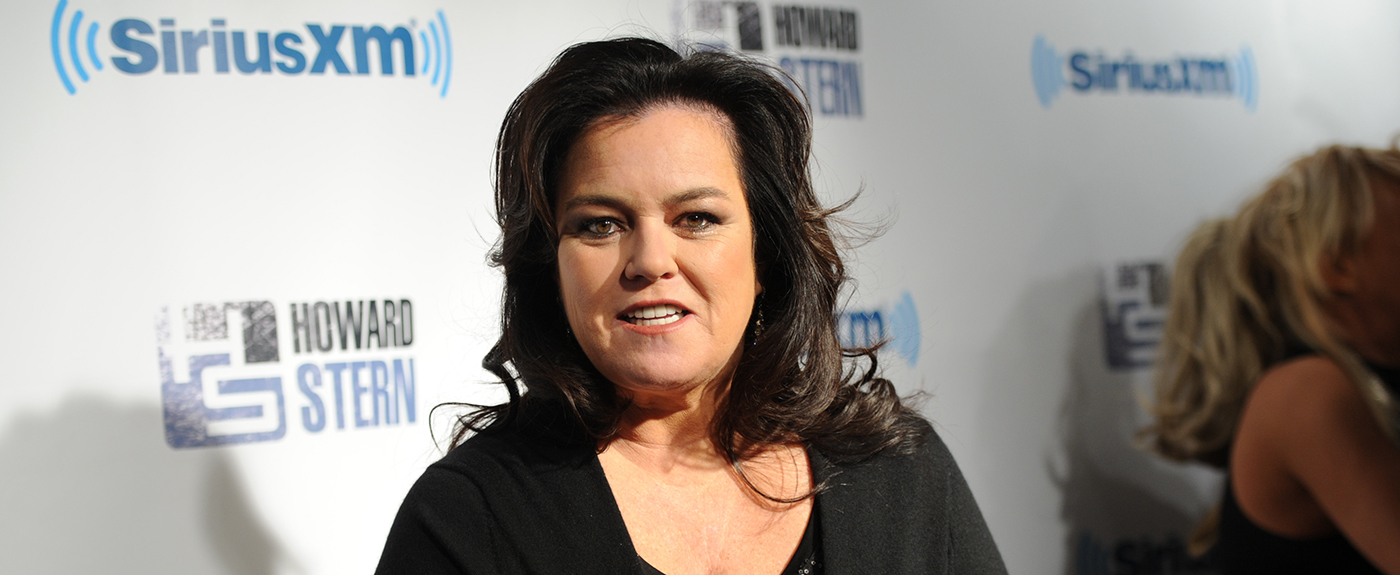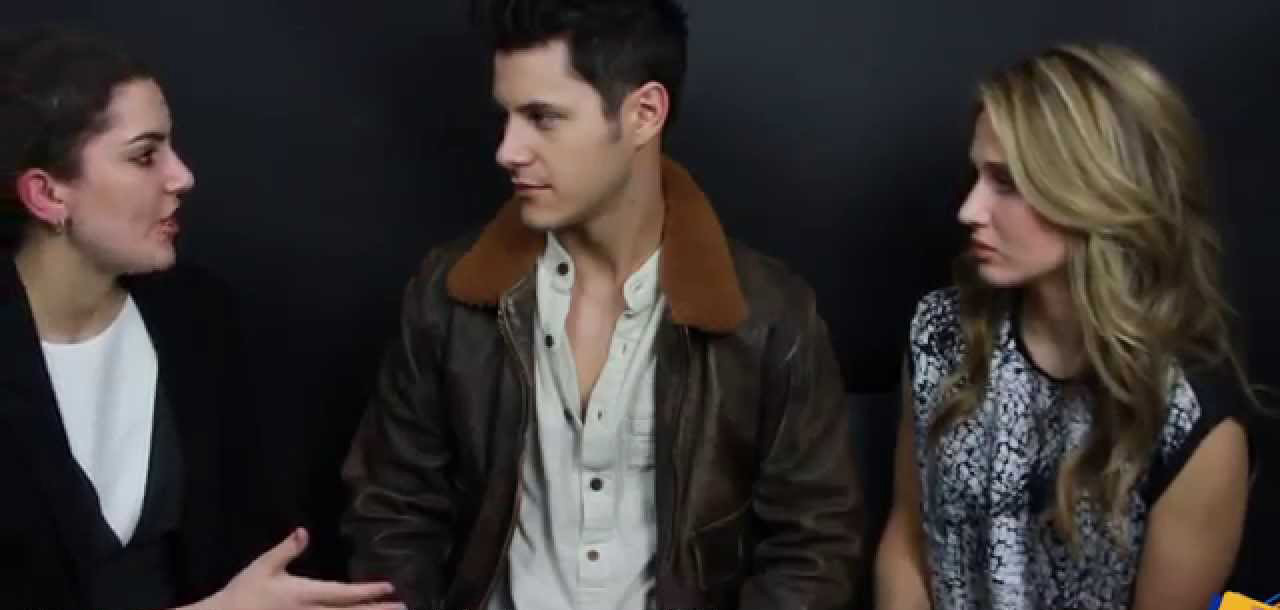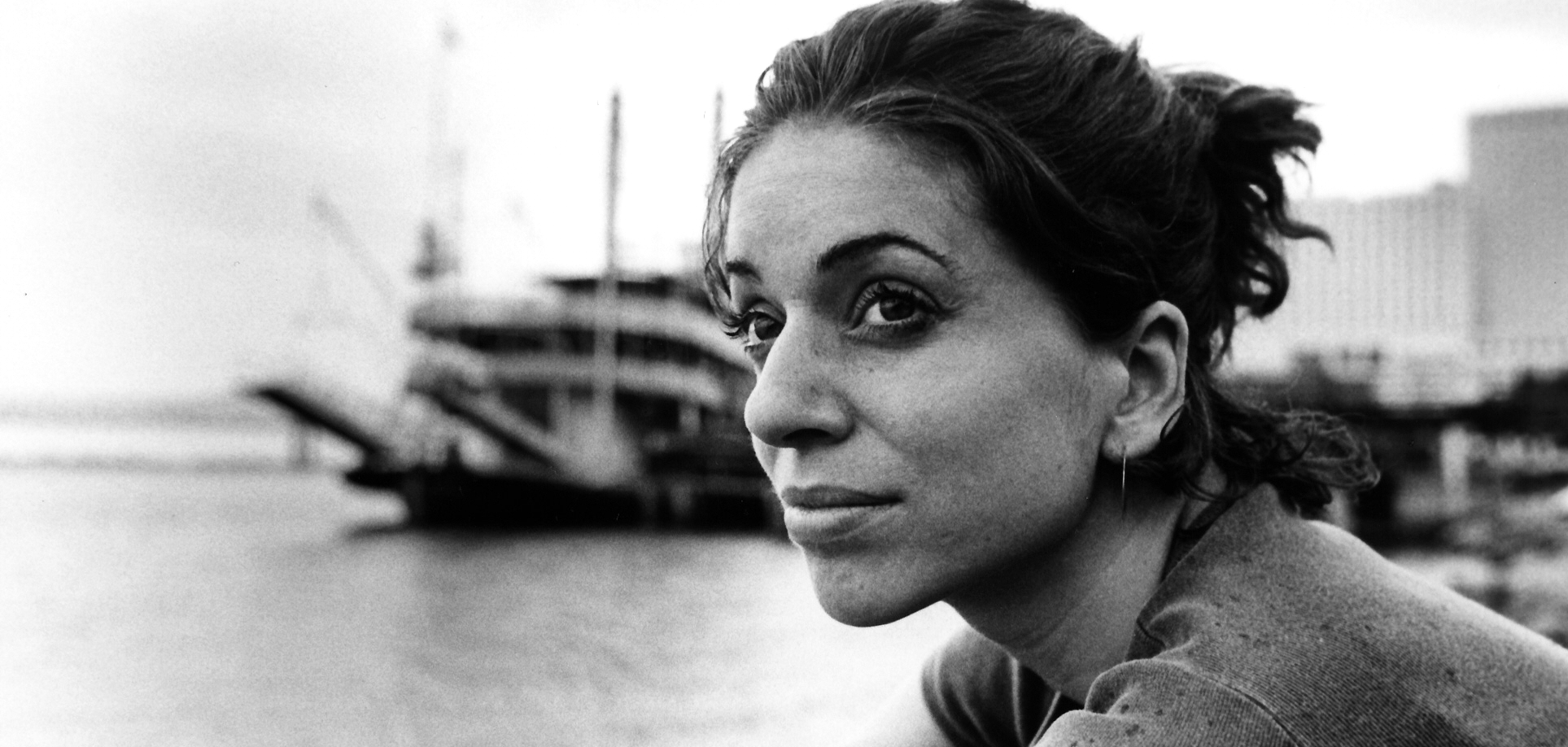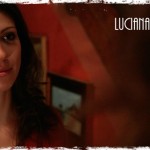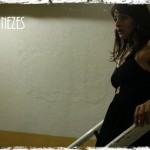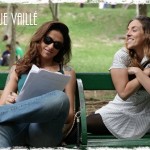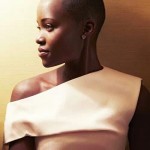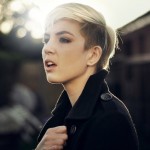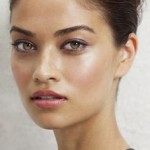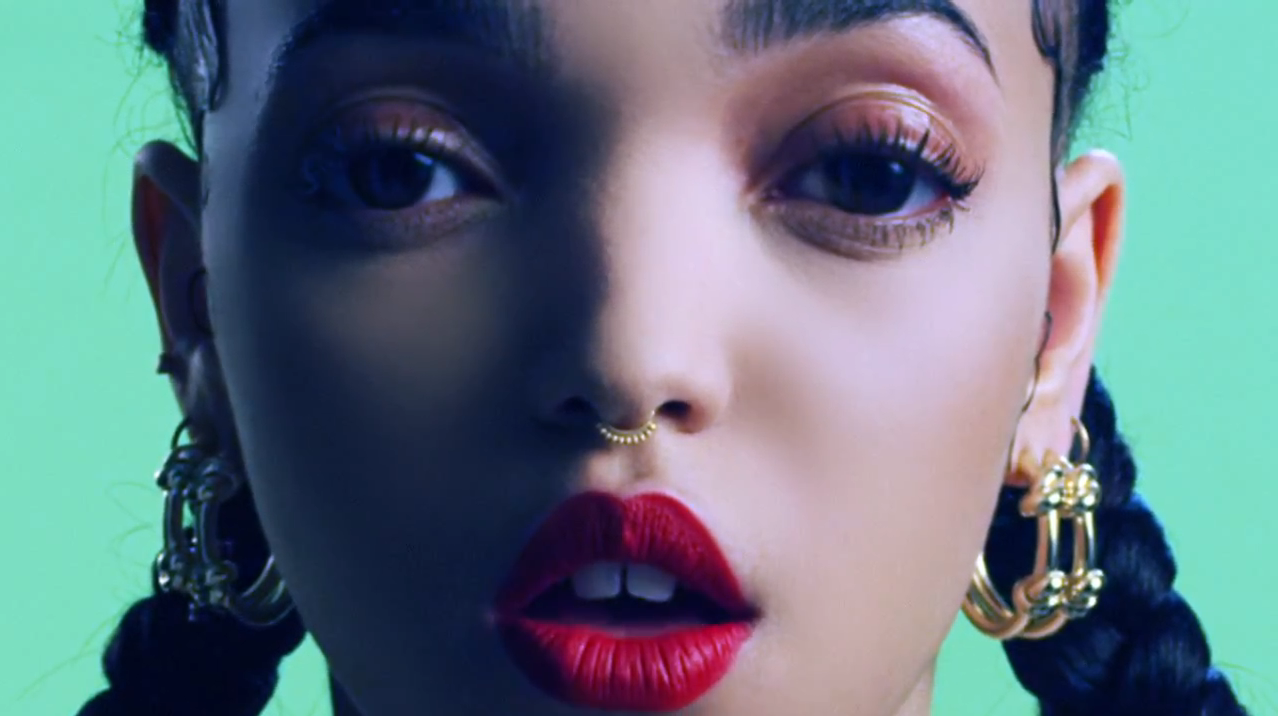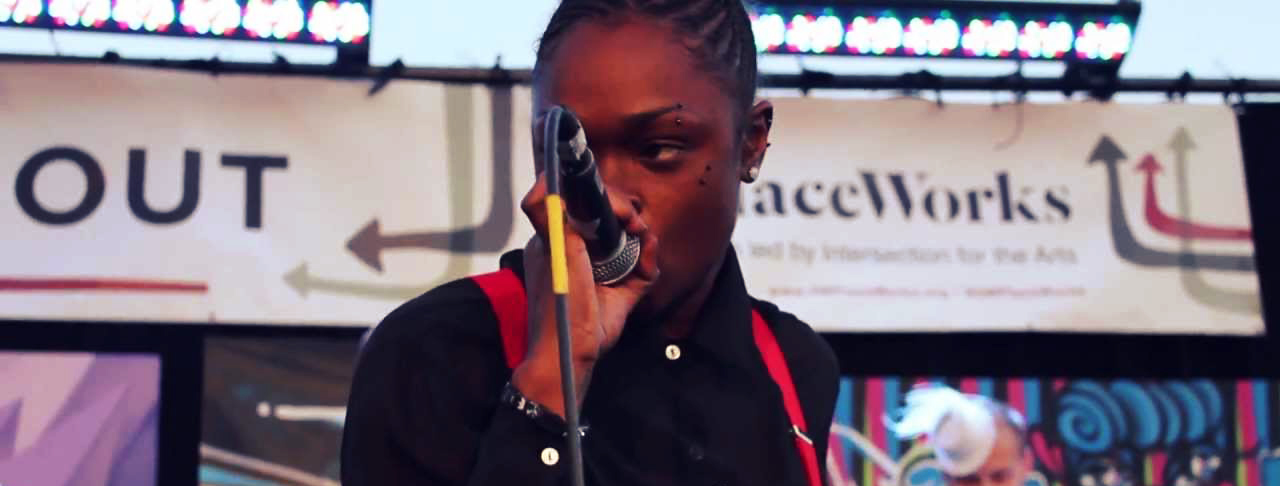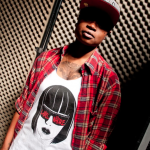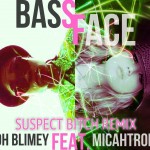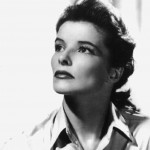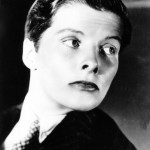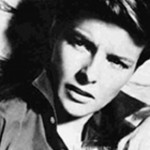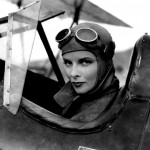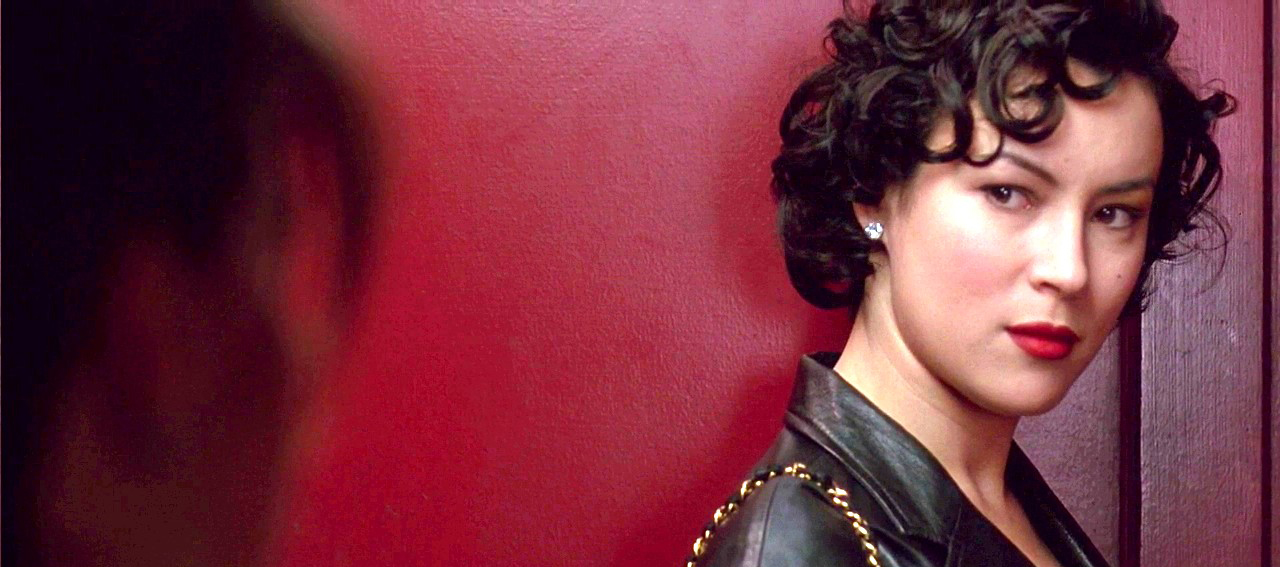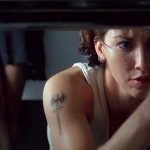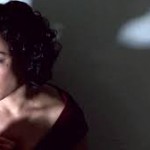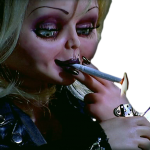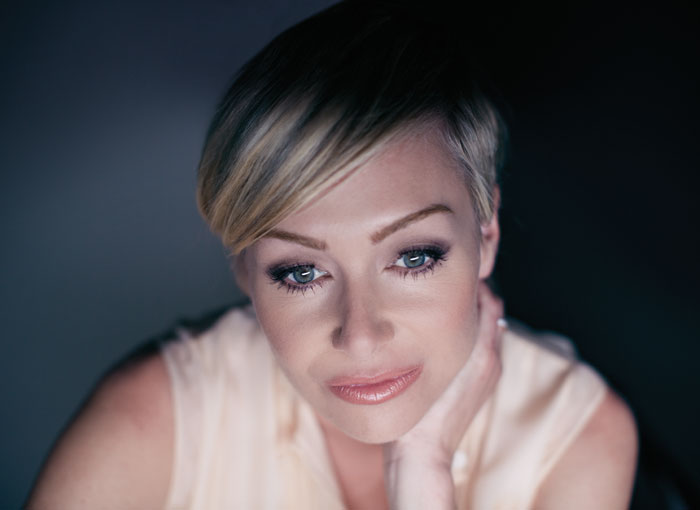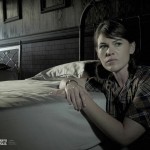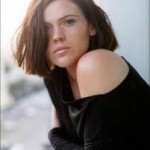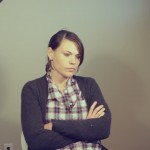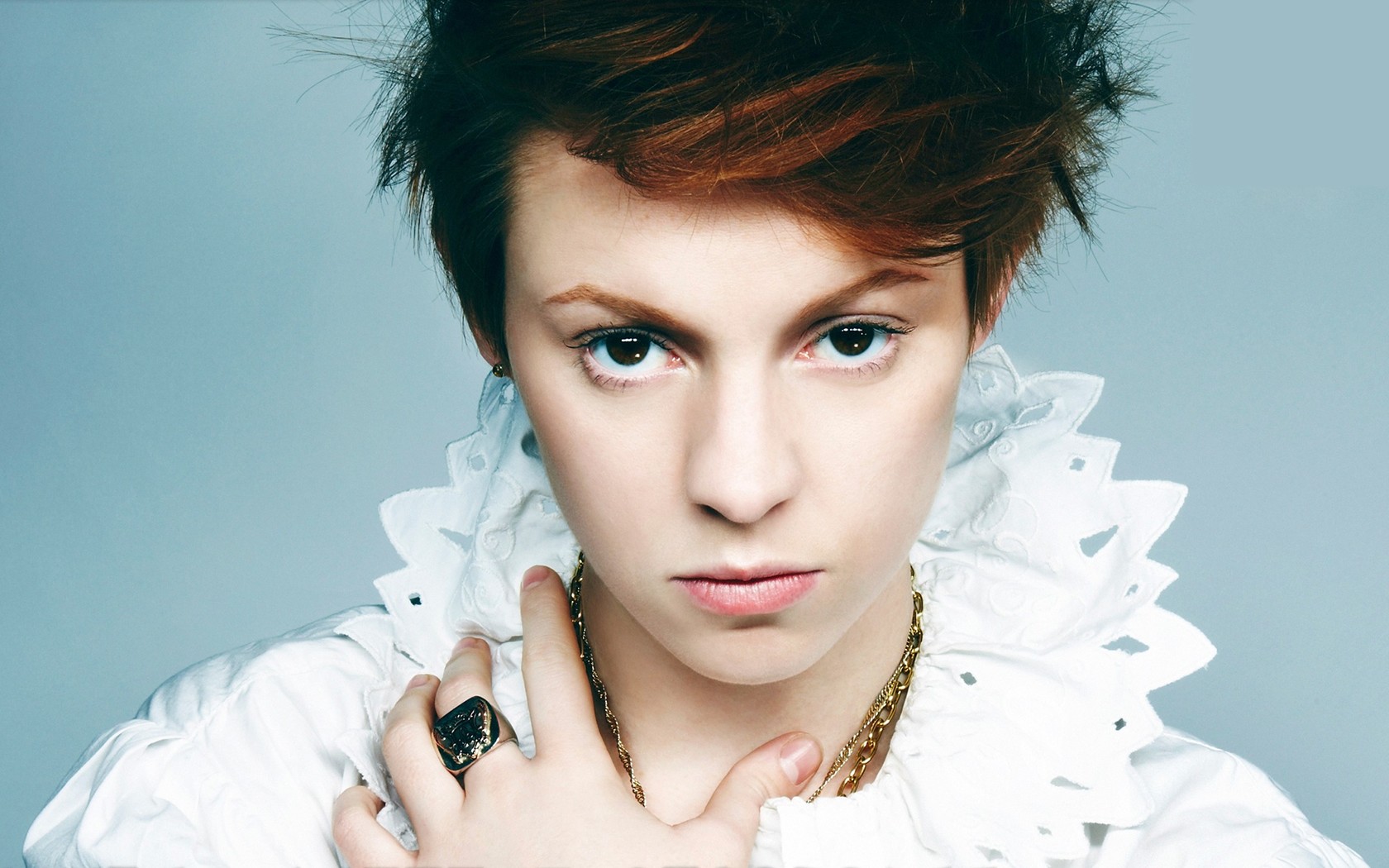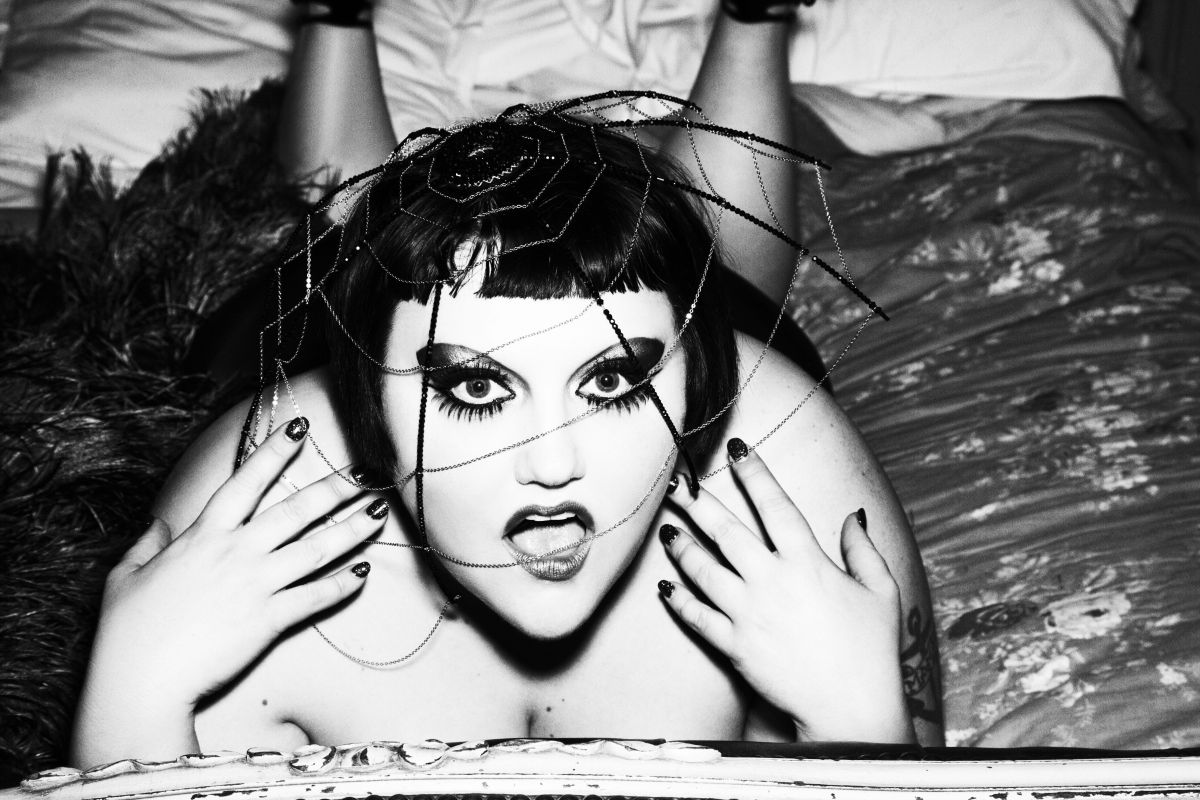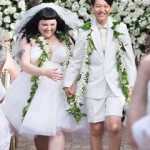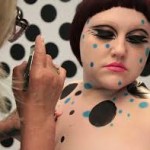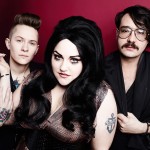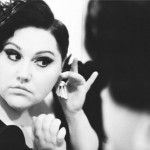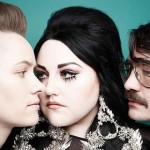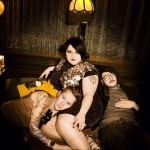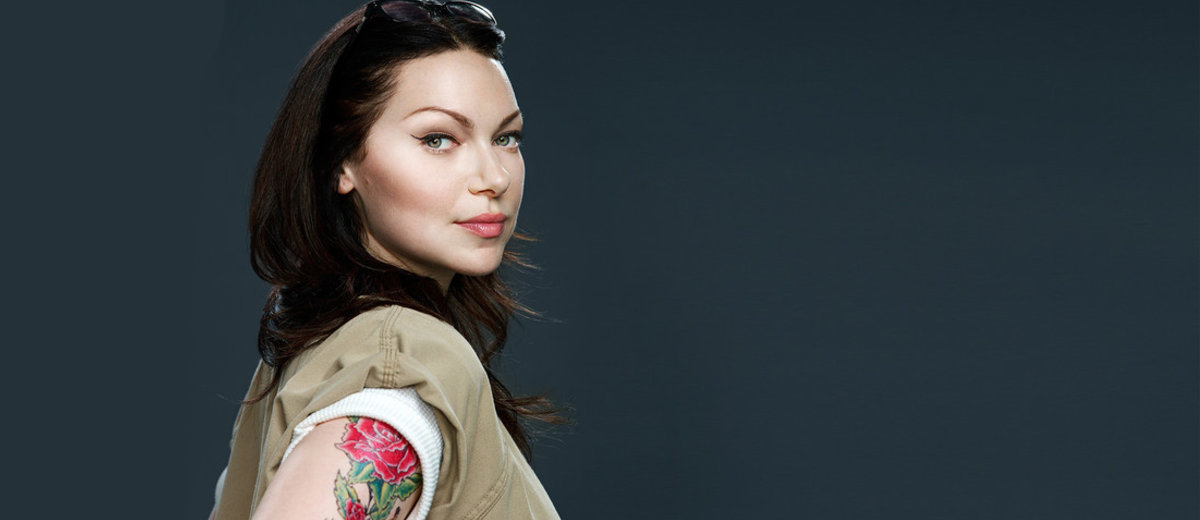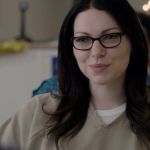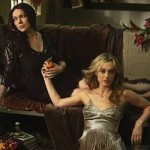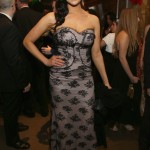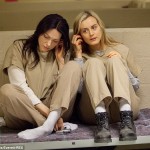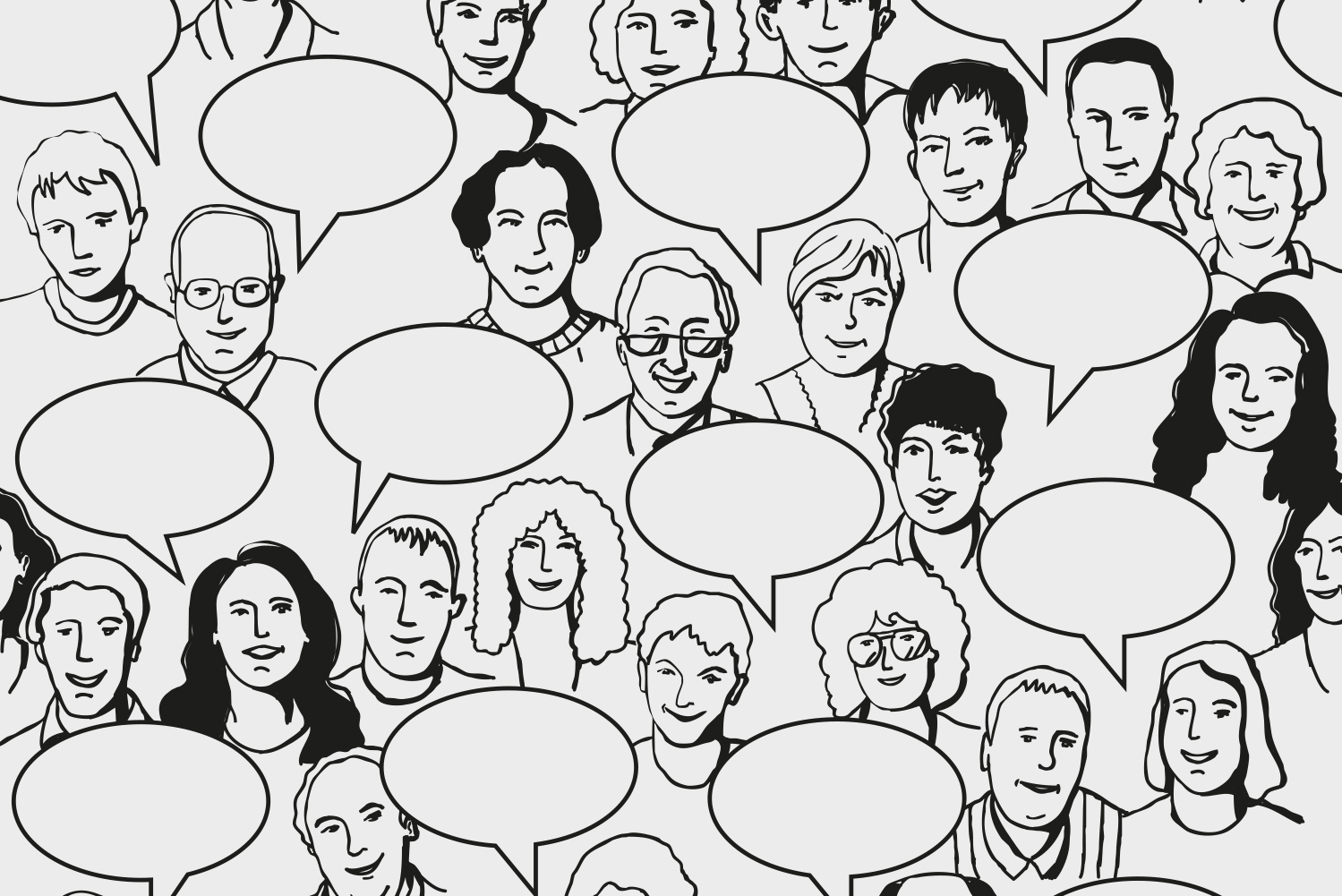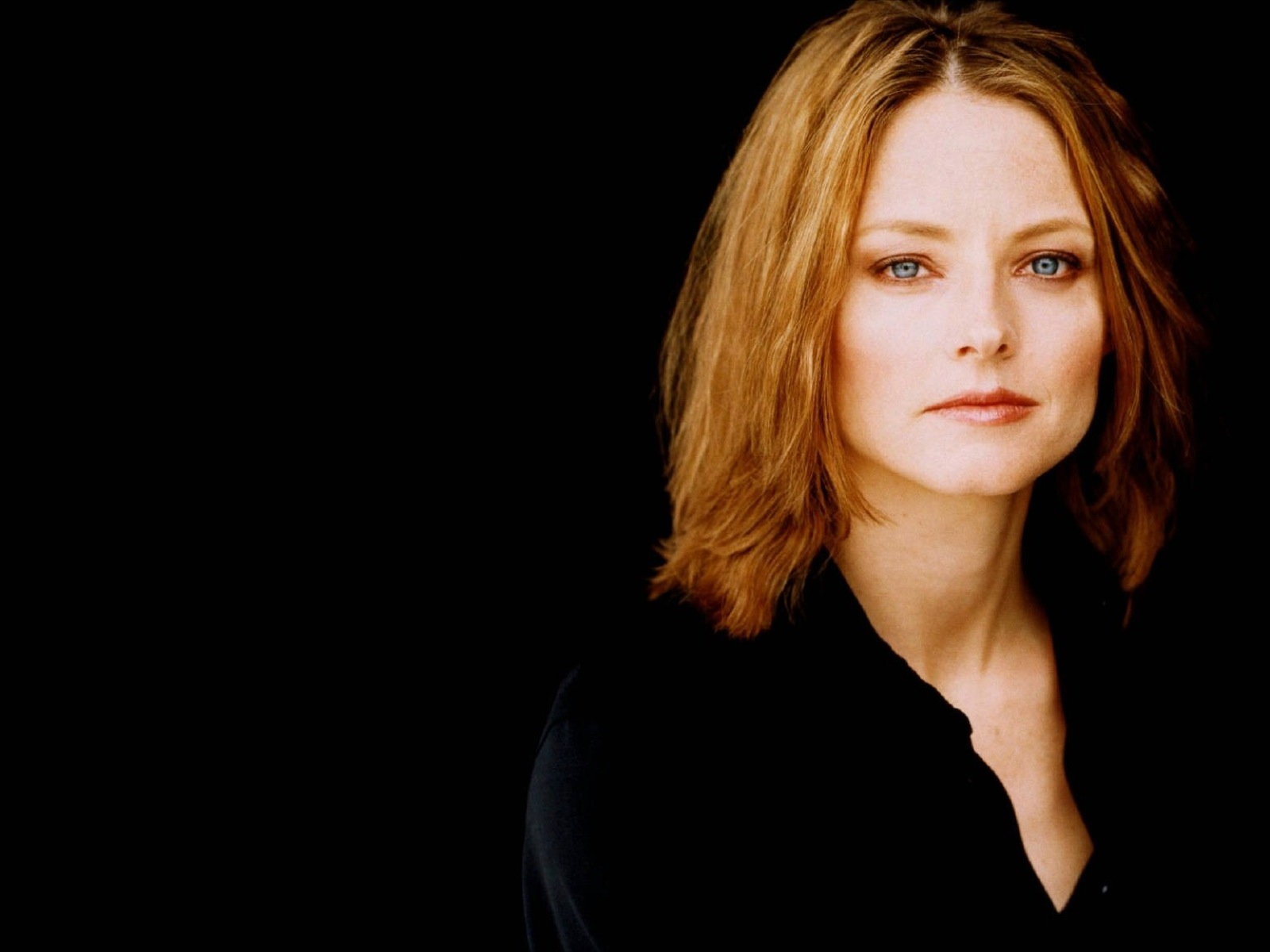In her book Whipping Girl, Julia Serano makes a distinction between “traditional sexism” wherein the heart of the matter is patriarchal oppression of femininity and women, and “oppositional sexism” wherein there might eventually be this separate-but-equal sentiment in the dynamics between masculinity and femininity. If that latter statement sounds like a decent enough ultimate goal, it’s really not.
Oppositional sexism can disguise itself as progress. I remember enjoying Allan Pease and Barbara Pease’s books describing their research into evolutionary psychology and the formation of gender: Why Men Don’t Listen and Women Can’t Read Maps and its sequel, Why Men Don’t Have A Clue and Women Always Need More Shoes. In case the titles weren’t enough of a clue, the prose focused on relationships between men and women, as individuals with a balance of masculinity and femininity, confident that neither “man” nor “woman” nor “masculine” nor “feminine” were socially-constructed values.
Some gender stereotypes were turned on their heads with their research—that feminine women should take the driver’s seat in a car while masculine men would be tasked to read the maps and direct the driver. Mostly, however, it affirmed gender stereotypes. Feminine women would be characterized as talkative because of some part of the brain that had evolved a facility for language in the female of the human species since the days of our hunter-gatherer ancestors, where most gatherers would be female. Masculine men evolved greater mathematical and spatial reasoning, and a tendency towards weaker peripheral vision, from hunting, as most hunters would be male.
Reading this, as a queer teenaged girl with an intense interest in the sciences, I ate it up. It was all neuroscience and biology, backed up with statistics, and they didn’t ignore homosexuality—they explained it, simply that male homosexuals had feminine brain parts whereas female homosexuals had masculine brain parts. So, the writers allowed for complexity and variety in human bodies and human relationships. Three cheers! Identity politics was a whole other topic, for some other book, written by other people, that had nothing to do with this real true science with hard scientific evidence and meant to counsel adults in romantic relationships through what would otherwise be gender warfare.
Through the lens of social justice and identity politics, these books were a well-meaning expression of oppositional sexism—purported not to be misogynistic, necessarily, but sexist all the same. An overwhelming amount of the examples contained in these books for how masculine and feminine people conduct themselves and relate to one another was indeed heterosexist. While the text examined variations on a binary—not only genital, but chromosomal, hormonal, and partial neurological genders on a spectrum—the premise remained reliant on gender-binary all throughout, and the persistent assertion that gender was the result of the body rather than personal experience or a dynamic in society would be supportive of cissexism.
Back to Serano, who defined cisgendered as applicable to people “who have only ever experienced their mental and physical sexes as being aligned” and cissexism as “the belief that transsexuals’ identified genders are inferior to, or less authentic than, those of cissexuals.”
The Peases aspired to bring greater harmony between people of different genders, by offering their studies and bringing a newfound and profound understanding of biology-rooted gender. Fans of their work, particularly the two books mentioned, might have found just that.
In the sphere of social justice, on the other hand, we can note a disharmony between trans-exclusive feminists and trans people. The feminist movement does come in waves, with human lives and all their features existing ahead of the times that correspondingly supportive feminist social theories can make ideological waves.
One point of consternation is the need for, and boundaries of, women-only spaces. That is implicitly defined by trans-exclusionary feminists as cisgendered female only spaces. Janice Raymond, author of The Transsexual Empire, accused male-to-female transwomen of appropriating the female body by either modifying their own or adopting feminine gender expression. (Be warned that despite its title, The Transsexual Empire is not written to empower trans* people at all.)
As palpable as oppression is, the ability to oppress is not unique to the patriarchy. Oppression is dynamic, complex, and highly contextual. Whatever privilege that a transwoman would have gained from being conditioned as a man, or passing as a man—that privilege isn’t necessarily erased or checked, but neither is the privilege so simply identified and fought by imposing the category of “man” upon a transwoman. Cisgendered women, even feminists, do not as individuals gain any right to dictate the gender identity of another individual. That is an innately oppressive act—and quite hypocritical. That is when we have become the very same evil that we have committed to defending against.
Oppositional sexism can disguise itself as progress. To broaden our world, to recognize the nuances and complexities of intersectionality, and to honor an othered individual as well as we nurture our own identity—that can go a long way in clarifying what we should be fighting.



